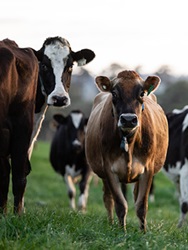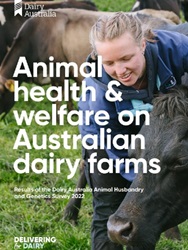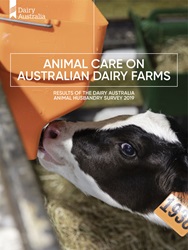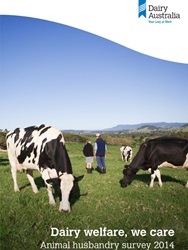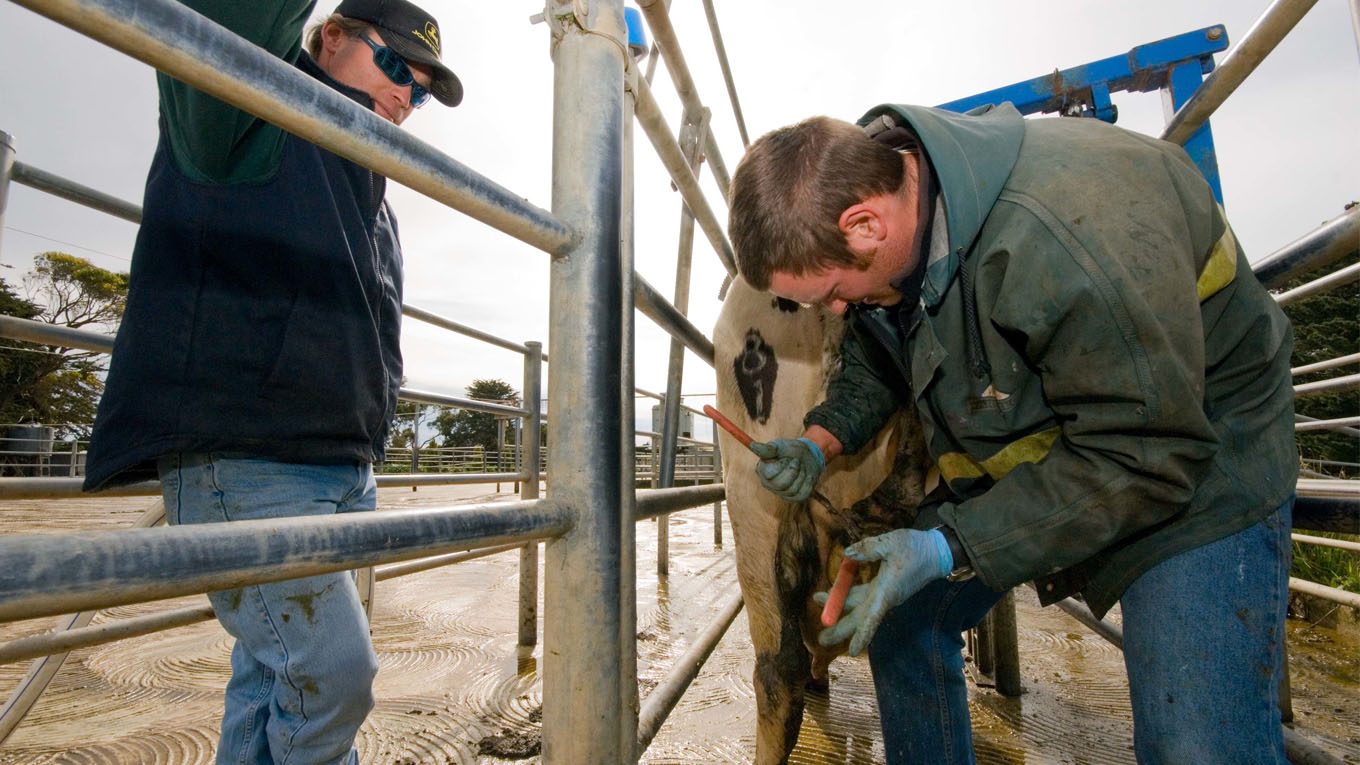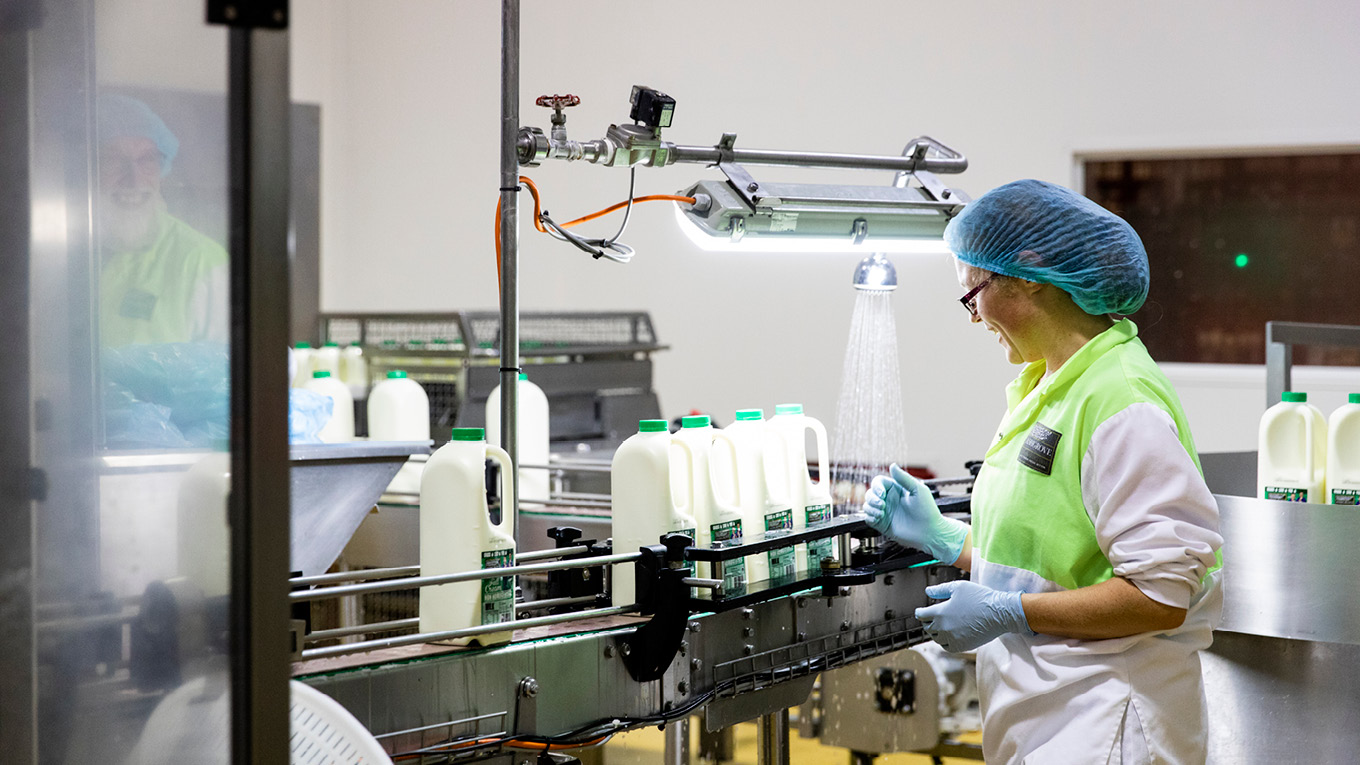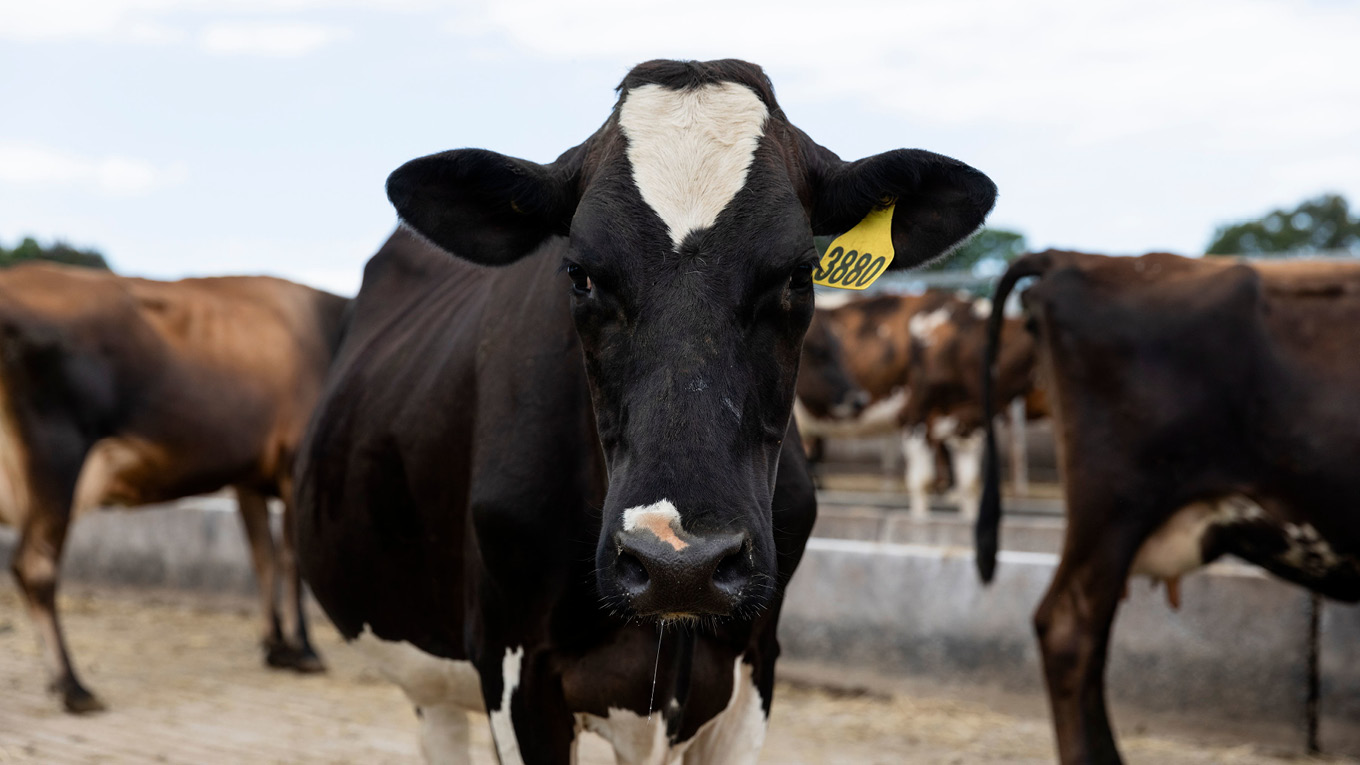Approach to Animal Welfare
Why we care
Caring for animals is core to dairy businesses and is an expectation of society: it is both our moral responsibility and essential for profitable, productive dairy farms. Healthy, well cared for animals are more productive and cost less in the herd, so investing in preventative health and avoiding or reducing the impact of painful procedures makes business sense.
What is good welfare?
Animal welfare generally refers to the physical and mental state of an animal in relation to the conditions in which it lives and dies.[1] Mellor (2016) defines the Five Provisions of Animal Welfare[2]:
- Good nutrition: Provide ready access to fresh water and good diet to maintain full health and vigour.
- Good environment: Provide shade/shelter or suitable housing, good air quality and comfortable resting areas.
- Good health: Prevent, or rapidly diagnose and treat, disease and injury, and foster good muscle tone, posture and cardiorespiratory function.
- Appropriate behaviour: Provide sufficient space, proper facilities, congenial company and appropriately varied conditions.
- Positive mental experiences: Provide safe, congenial and species-appropriate opportunities to have pleasurable experiences.
Welfare priorities and policies
Dairy producers and their employees work with their animals to ensure best care across their lifespan. There are also a number of frameworks and groups that help direct efforts in improving animal health and welfare.
The Australian Dairy Farmers’ Animal Health and Welfare Policy Advisory Group (PAG), comprising producer representatives from each state dairy farmer organisation, sets policy direction on animal health and welfare for the Australian dairy sector. Some recent policies directed by the Animal Health and Welfare Policy Advisory Group include:
- Phase-out of calving induction by 2022
- Provision of pain relief for all calves during disbudding, which must occur under the age of 2 months
- No euthanasia of calves by blunt force trauma
- No tail docking.
The Australian Dairy Sustainability Framework, owned by the Australian Dairy Industry Council (farmer and processor peak bodies) uses these policies to set targets for the sector, and reports on industry progress against the targets every year. Of the four pillars under the Framework, one relates directly to the welfare of animals: “Provide best care for all animals”. Progress against the targets under this pillar are tracked and publicly reported. These targets can change over time to reflect evolving practices and attitudes.
Dairy processors often include animal welfare and biosecurity requirements in their Quality Assurance programs. Most processors use the policies set by industry to guide these requirements, and may also include their own additional parameters.
Australian Animal Welfare Standards and Guidelines
The Australian Animal Welfare Standards and Guidelines were developed at a national level under the Australian Animal Welfare Strategy by the relevant sector, state and federal governments, interest groups, animal welfare experts and researchers and included public consultation. In Australia, state and territory governments are responsible for regulating animal welfare. The Standards were developed to be legislated, and therefore are the requirements or ‘must-do’. The Guidelines provide advice on better practice or 'should-do'.
The dairy sector was involved in the development of:
- Australian Animal Welfare Standards and Guidelines for Cattle – finalised 2013
- Australian Animal Welfare Standards and Guidelines for Land Transport of Animals – finalised 2012
Both of these documents have been endorsed by Australian Dairy Farmers (ADF) and all state and territory governments. These are the minimum standard of animal care expected by both industry and state governments.
Dairy Australia has printed and distributed thousands of copies of the Standards and Guidelines for Cattle since 2013. As of November 2019, 79% of surveyed dairy producers reported owning a copy.[3]
Animal husbandry survey
In order to monitor the uptake of animal welfare initiatives, Dairy Australia regularly commissions independent surveys of farmers. These surveys provide a measure of the adoption of on-farm practices that improve animal welfare.
The last survey was conducted in 2022.
